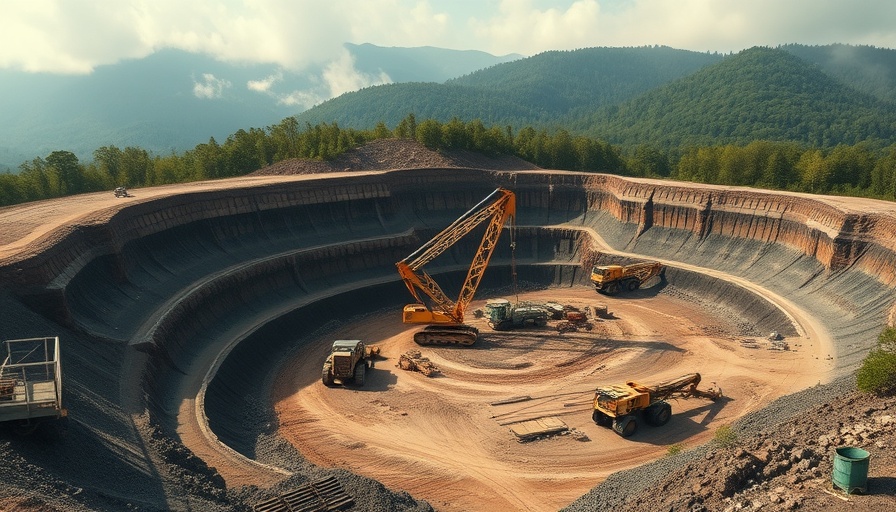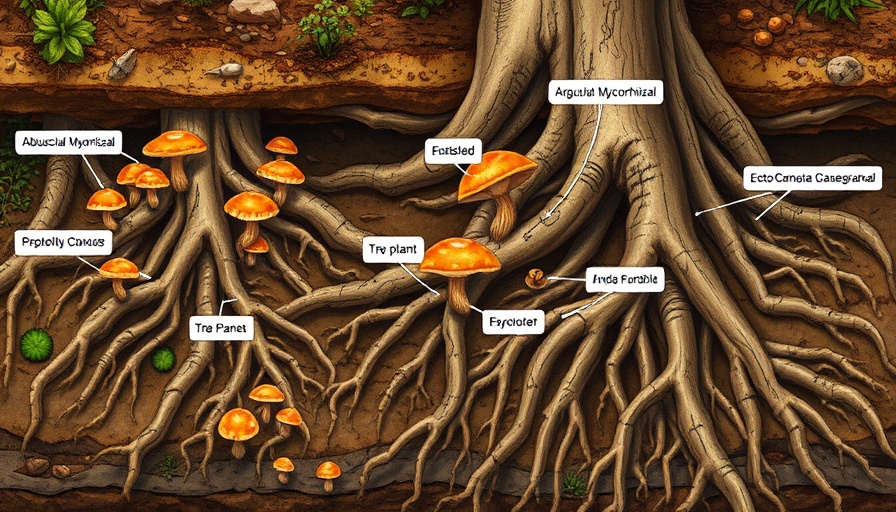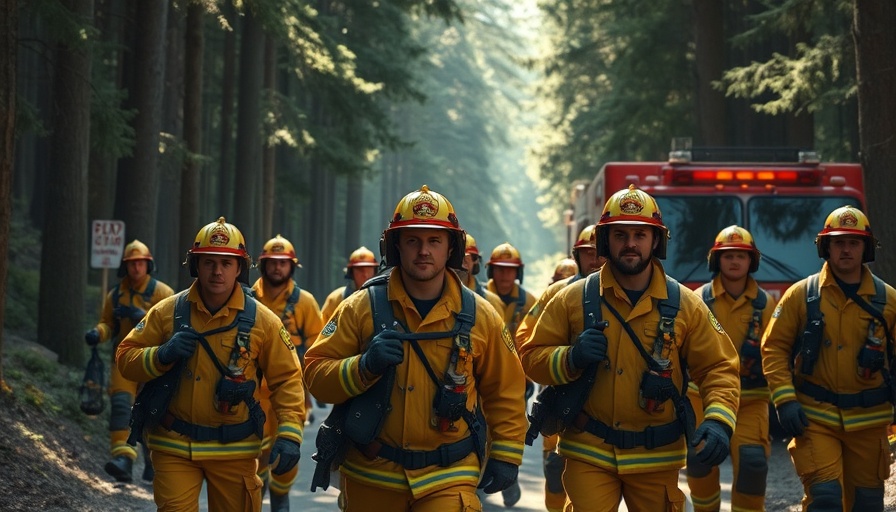
The Urgency of Earth Overshoot Day in 2025
Earth Overshoot Day represents a crucial point in our planetary calendar—an alarming reminder of humanity's unsustainable consumption patterns. In 2025, this date fell on July 24, marking the earliest occurrence since the event was first calculated in 2006. This shift highlights a troubling trend: our demands from nature are outpacing its ability to replenish resources at an unprecedented rate. According to the Global Footprint Network, humanity is consuming natural resources at a rate 1.8 times greater than their ability to regenerate, putting immense pressure on ecosystems across the globe.
A Historical Perspective: Tracing the Trends
Since the establishment of Earth Overshoot Day, the date has consistently shifted earlier in the year. In 1972, Earth Overshoot Day fell on December 31, but it rapidly moved to November 3 by 1979, and then to October by the late 1980s. The turn of the millennium saw a significant shift, with the date entering September for the first time in 1999, and by 2006, it was positioned in late August. The trend of earlier dates, culminating in the alarming July 24 in 2025, represents a clear signal of humanity's escalating consumption.
The Consequences of Our Actions: An Ecological Wake-Up Call
The implications of reaching Earth Overshoot Day are profound. Lewis Akenji from the Global Footprint Network emphasized that the current trajectory necessitates drastic changes in terms of both adaptation and mitigation. The cumulative ecological damage we've inflicted means that, even if we ceased all harmful activities today, we would still owe the Earth 22 years of regeneration. This staggering number serves as a wake-up call, highlighting the urgency of addressing our consumption habits.
Reflecting on Climate Responsibility: What Can We Do?
One of the critical questions that arises from Earth Overshoot Day is: what can we, as individuals and communities, do to mitigate this impending crisis? The message from environmental advocates is clear: a collective shift towards sustainable practices is essential. Simple actions, such as reducing water usage, opting for plant-based diets, and minimizing waste, can collectively contribute to slowing down the drain on our planet’s resources.
Fostering a Sustainable Future: Collective Responsibility and Action
Addressing our ecological overshoot requires both awareness and action. Education is pivotal in fostering responsible consumption habits amongst communities. Schools, organizations, and media must emphasize environmental literacy, framing the discourse around sustainable practices as not only beneficial but imperative for future survival. Moreover, policymakers must prioritize sustainability initiatives, creating systems that reward ecological stewardship.
Conclusion: Our Role in Shaping the Future
The meeting of Earth Overshoot Day on July 24 signals more than just a date; it’s a powerful reminder of our role in conserving the environment. Each of us has the capacity to contribute positively to the ecosystem. Let's harness this opportunity to reflect, learn, and take actionable steps towards a sustainable future. If we are to continue calling this planet home, we must confront the reality of our ecological footprint with urgency and purpose.
 Add Row
Add Row  Add
Add 




Write A Comment